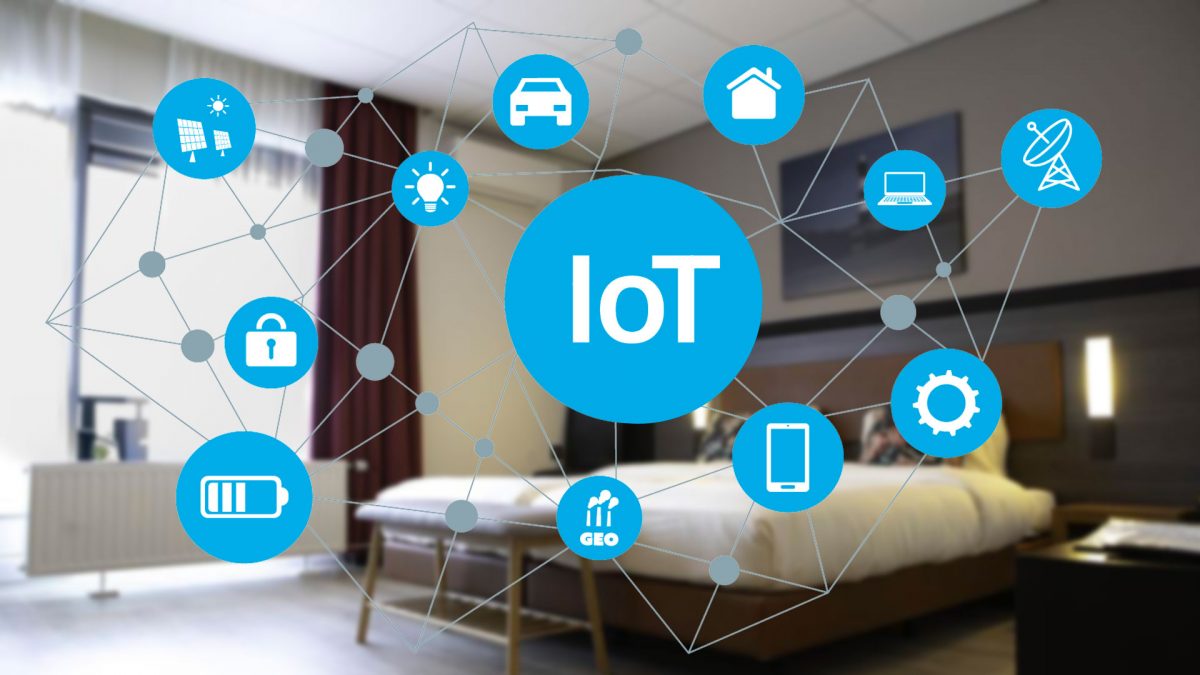Electric vehicles use is expanding across the world. Could be because they are more environmentally friendly and provide better economic savings. Regardless of the reasons, as the adoption of electric vehicles grows, the adoption by the industry of the latest technological advancements grows. In this blog post, we will discuss the advantages of employing IoT solutions to monitor EV batteries. Electric vehicles rely solely on the battery as a source of energy, and to avoid harm, electric vehicles batteries require accurate charge state assessment to extend their lifespan and safeguard the electronics they power. Because of this, a real-time Battery Monitoring System (BMS) is a critical need for manufacturers.
But before we discuss a Battery Monitoring System (BMS), let us first breakdown what are Telematics.
Telematics:
Refers to a subset of the internet of things (IoT). This subset includes sensors and GPS trackers for vehicles in general, whether electric or fuel based. Telematics give insights and a complete overview of the vehicles by collecting data from these sensors and GPS trackers, transforming the data into information and then displaying the information onto a platform and customized widgets. The use of telematics allows fleet managers to monitor the vehicle’s performance in real time, from anywhere, through a mobile or a computer.
Battery Monitoring System (BMS):
A smart system that monitor’s the battery pack’s health. The Battery Monitoring System calculates the battery’s degradation when its charging and discharging and its capacity and communicates this information to users in real-time. This process reduces the false sense of security associated with frequent battery assessments by alerting users to potential problems ahead of time.
Benefits of Integrating BMS With IoT
The electric vehicle sends updates and maintenance notifications to the maintenance professionals, or the vehicle owner/company, so that they may advise on any servicing requirements.
In the event of an abnormality, the system will provide a warning.
Allows for smart charging. The quantity of charge required and the amount of energy stored in a battery are managed.
Battery cells balancing.
Data gathering and analysis.





